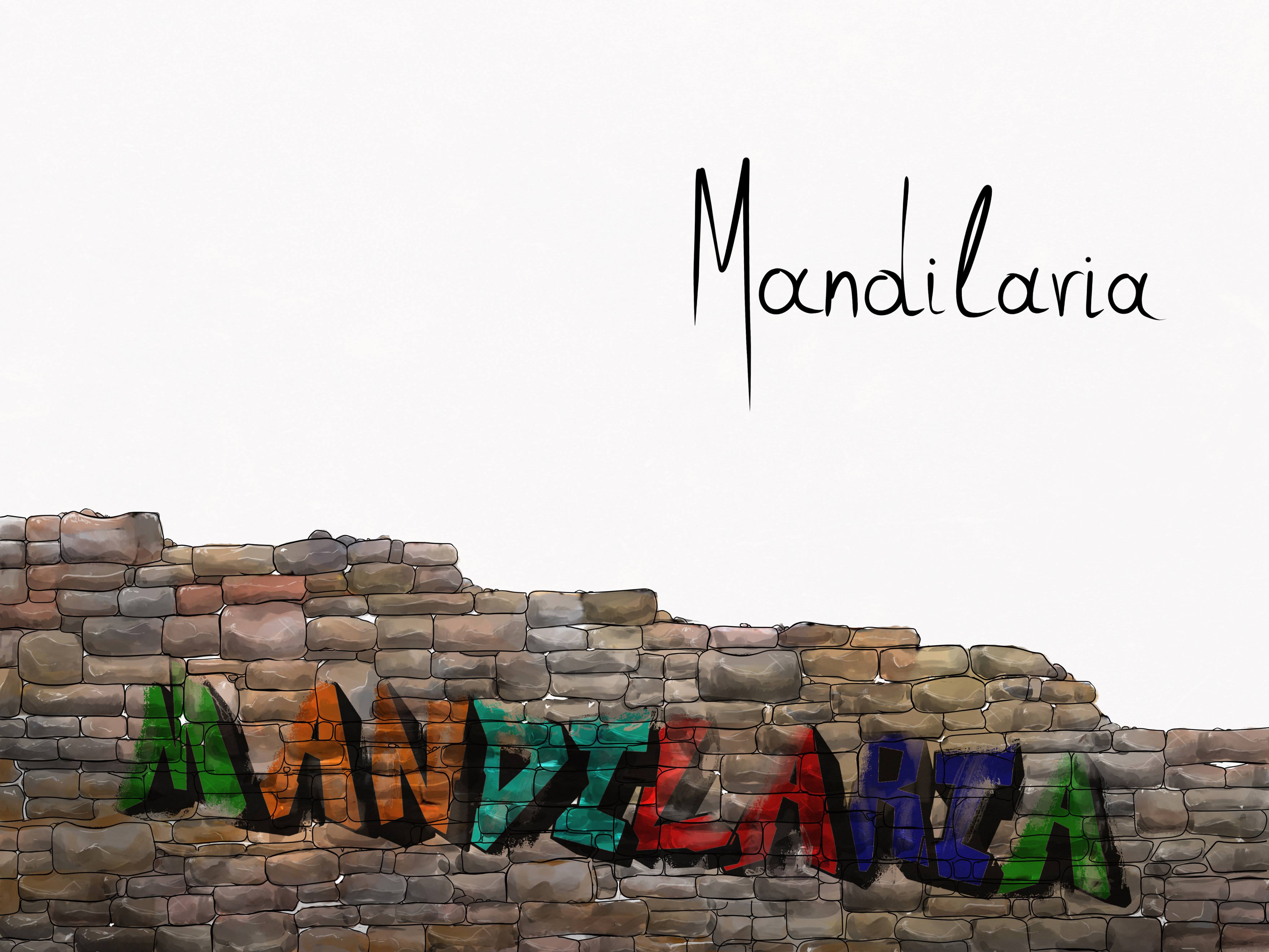
Mandilaria
By Yiannis Karakasis MW
At a glance
Mandilari or Mandilaria comes from Crete but is found all around the Eastern Aegean. It is considered one of Crete’s greatest red grapes, with very high tannins and notable acidity. However, it can be almost deficient in alcohol unless yields are restricted. It produces deeply coloured wines, rather light-bodied, that can age well.
Its plantings cover approximately 500 ha, making it the most planted variety on the island of Crete. It is also the second most planted variety on Santorini behind Assyrtiko with 85 ha. Despite all its dynamics and ageing ability, its potential yields are critical and, if not restricted, will result in thin and astringent wines.
Aromatically it expresses delicate aromas of cherries, plums, and liquorice. Making single-varietal wines from a grape with such contrasting characteristics can be a challenge, which is why Mandalari has traditionally been blended with other varieties, such as Kotsifali on Crete or Mavrotragano on Santorini.
History
The grape’s origins have been traced to Crete, but it is found in Paros and Rhodes. Confusingly, it is known by different names in different places, including Amorgiano on Rhodes, Mandilaria on Paros, and Mavrokoudoura (a small-berried clone) on Evia. It is similarly grown in other parts of Central Greece, such as Attica and Boeotia. In Crete, it is called Mandilari.
The name comes from the word mandila, which is a square piece of cloth used to cover the head of both men and women in Crete. A mandila was used for head protection and to wrap the snack of bread, tomatoes, and olives workers took with them to the fields or was tied in a pouch to carry the grapes during harvest.
Historically, Mandilari was an essential variety for the blend of red Vinsanto on Santorini. It is still possible to find complex, sun-dried, sweet red wines in addition to dry versions. Sometimes a percentage of sun-dried grapes were added to the fermentation process to beef up Mandilari’s intensity and alcohol levels in dry wines.
In the vineyard
Although a late-ripening variety, Mandilari produces light-bodied wines low in alcohol (10–11% abv) that lack intense aromas, flavours, and concentration on the mid-palate. However, due to the very thick skins, the wines can be overly tannic and amongst the most intensely coloured reds of Greece, rich in phenolics and antioxidants.
Ιt is a vigorous and productive variety prone to downy mildew, with medium to large-sized bunches. Ιt ripens late, in mid- September. The biggest challenge is to adapt viticulture to achieve better ripening and tannin maturation. Therefore successful clonal selection, together with the choice of pruning method and green harvesting to limit yields, will provide groundbreaking progress in the cultivation of this grape. Furthermore, it is advantageous for Mandilari to be planted in cooler locations in order to achieve full phenolic ripeness and preserve the grape’s delicate aromas.
So far, Mandilari presents modest clonal diversity with two biotypes under research.[i]
Terroir
The variety behaves best in areas with hot summers, low altitudes, and light and dry soils. It is susceptible to fungal diseases during the ripening period when planted in humid locations or rainy years, particularly botrytis bunch rot.
In Archanes PDO (a minor part of the blend with Kotsifali)
The vineyards of the PDO Archanes are located at altitudes from 300 to 450 m, planted on terraces, on gravel soils with a high proportion of limestone. The climate is typically Mediterranean, with an average rainfall of 600 mm per year and long rainless summers. Most of the vineyards have a southerly exposure. They are adjacent to valleys and forest areas at a short distance from the sea.
The centre of Archanes is dominated by Youchtas, a low mountain (811 m) of archaeological importance. Τhe vineyards of the zone start a little south of Heraklion, almost immediately after the archaeological site of Knossos, where many archaeological storage vessels have been unearthed, among which are amphorae for storing wine.
It should also be noted that at the southeastern end of the zone, in Vathypetro, the oldest known Minoan wine press (16th century BC) was found, which is evidence of the ancient connection of the area with vineyards and wine.
In Archanes, Mandilari is blended with Kotsifali, thereby providing brightness, structure and an intense purple colour. Better balanced Mandilari is produced when the maturation of all the grape’s elements are fully ripe.
In Peza and Candia PDO (a minor part of the blend with Kotsifali)
Τhe twin valley of Peza, which lies to the east, has many similarities to Archanes. Still, the altitude is higher (500–600 m). Because of lighter soils, a more delicate style of Mandilari is produced, which is suitable for rosé wines.
Candia PDO includes a broader area which co-ferments with Kotsifali at 30–70%.
In Sitia and Dafnes (a minor part of the blend with Kotsifali)
Plays a minor role supplementing Liatiko in Sitia and Dafnes PDO. However, it is not mandatory (it can be up to a maximum of 20 %.)
Wine styles
Single varietal: Wines rarely achieve more than 12.5% abv. The few single varietal wines need ageing for the tannins to soften
Blends: It is blended in Peza or Archanes PDO with Kotsifali or with international varieties in other areas
Ageing potential
Mandilari wines demand patience to achieve the optimum drinking point. They can be very rewarding at around 8–10 of age.
Perfect pairing
Try it with traditional Cretan lamb, called antikrysto.



